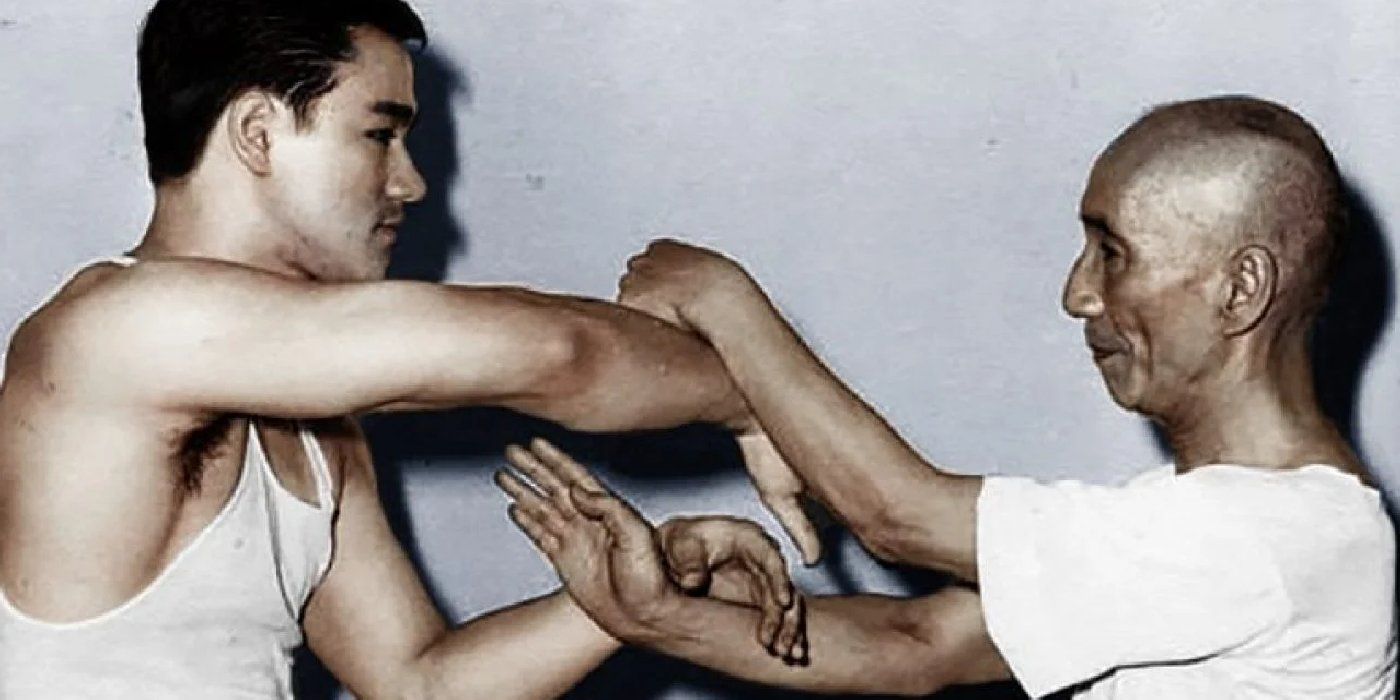Related
Summary
twelvemonth before becoming a kung fu motion-picture show superstar , Bruce Leeconsidered dropping martial arts altogether . In addition to his starring role in classics likeEnter the DragonandWay of the Dragon , Lee ’s extremely disciplined approaching to martial humanities is an authoritative part of his legacy and image .
Even in his young , Lee was deep concerned in warlike arts . The actor ’s teenage years determine him as a bookman of Ip Man , a well - respect Wing Chun grandmaster and the centering of Donnie Yen ’s fourIp Manmovies . While living in Hong Kong , Lee spent much time training diligently under Ip Manand his student , and finally used the experience he gained to open his own martial artistry schools . But while developing his kung fu acquirement had clear been a priority throughout this period , there was a brief sentence when Lee think about the notion of drop by the wayside soldierly arts for unspoilt .
Bruce Lee and Chuck Norris had a legendary encounter in Way of the Dragon , but did they fight down in real life ( and how did they first meet ) ?
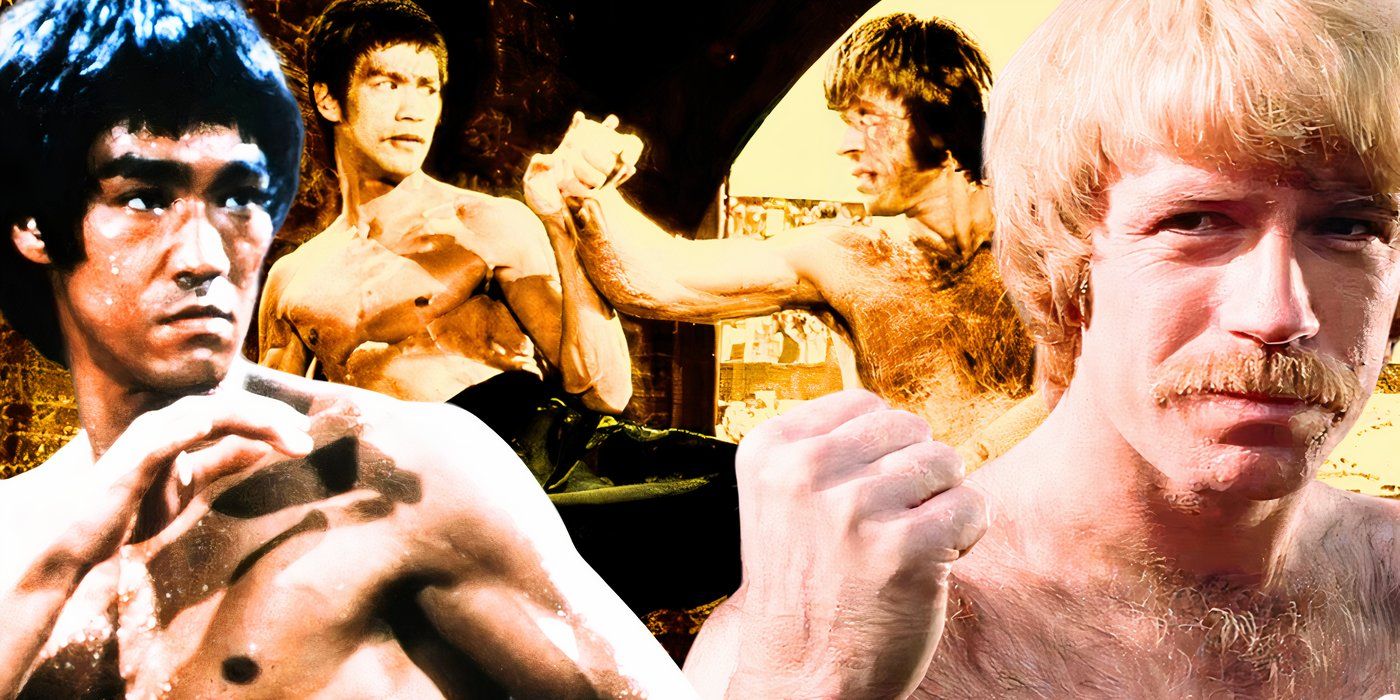
Bruce Lee Nearly Quit Practicing Martial Arts In The Early 1960s
Bruce Lee Was Disillusioned With His Progress As A Fighter
disciple of the Dragon , a rule book by Paul Bax that tell stories about the actor from Bruce Lee ’s pupil , talk about the foiling that Lee experienced with his stratum of skill sometime after his move to the United States . According to James DeMille , who train under the star in the sixties , Lee would occasionally render home to Hong Kong and spar with his former classmates at Ip Man ’s school so that he could show off his advancement in Wing Chun . after , Lee returned to the United States " shatter " by how ill he fared against Ip Man ’s student .
DeMille claimed that Lee had struggled in these fights , only hitting his opponents " once out of every three times they could hit him . " Because of this , Lee " thought seriously " about walking away from martial prowess , apparently feeling thathis training in Wing Chun had n’t paid off . In David Brewster and David M. Beurge ’s book , Washingtonians , it was express by another Bruce Lee bookman - Howard Williams - that this frustration went so far that Lee " almost gave up martial arts altogether . "
Bruce Lee’s Frustration With Wing Chun Is What Led To Jeet Kune Do
Disastified With His Current Kung Fu Style, Bruce Lee Came Up With His Own
Obviously , though , this was only a stage for Lee . That said , it was an extremely important one , as it was ultimately what fueledthe world of Jeet Kune Do . As Williams explained , the challenges Lee administer with pushed him to " develop something no one else had . " In 1964 , Bruce Lee officially founded Jeet Kune Do . Jeet Kune Do serve as a solution to his job , in that it allows a tremendous amount of tractableness in comparison to the more rigid social organization provide by traditional kung fu fashion like Wing Chun .
It would seem that expanding his scheme of warriorlike humanistic discipline beyond Wing Chun was indeed what Lee needed to get the best the hurdle race he was face .
give his current reputation as one of the greatest warlike arts hotshot of all time , it would seem that expanding his organization of martial arts beyond Wing Chun was indeed what Lee postulate to have the best the hurdling he was face . This approximation is represent by iconic quotes from Bruce Lee himself , not the least of which is " be like water , " which spoke toBruce Lee’sbelief that being " formless " and not being held back by rules was the headstone to succeeding in soldierly arts .
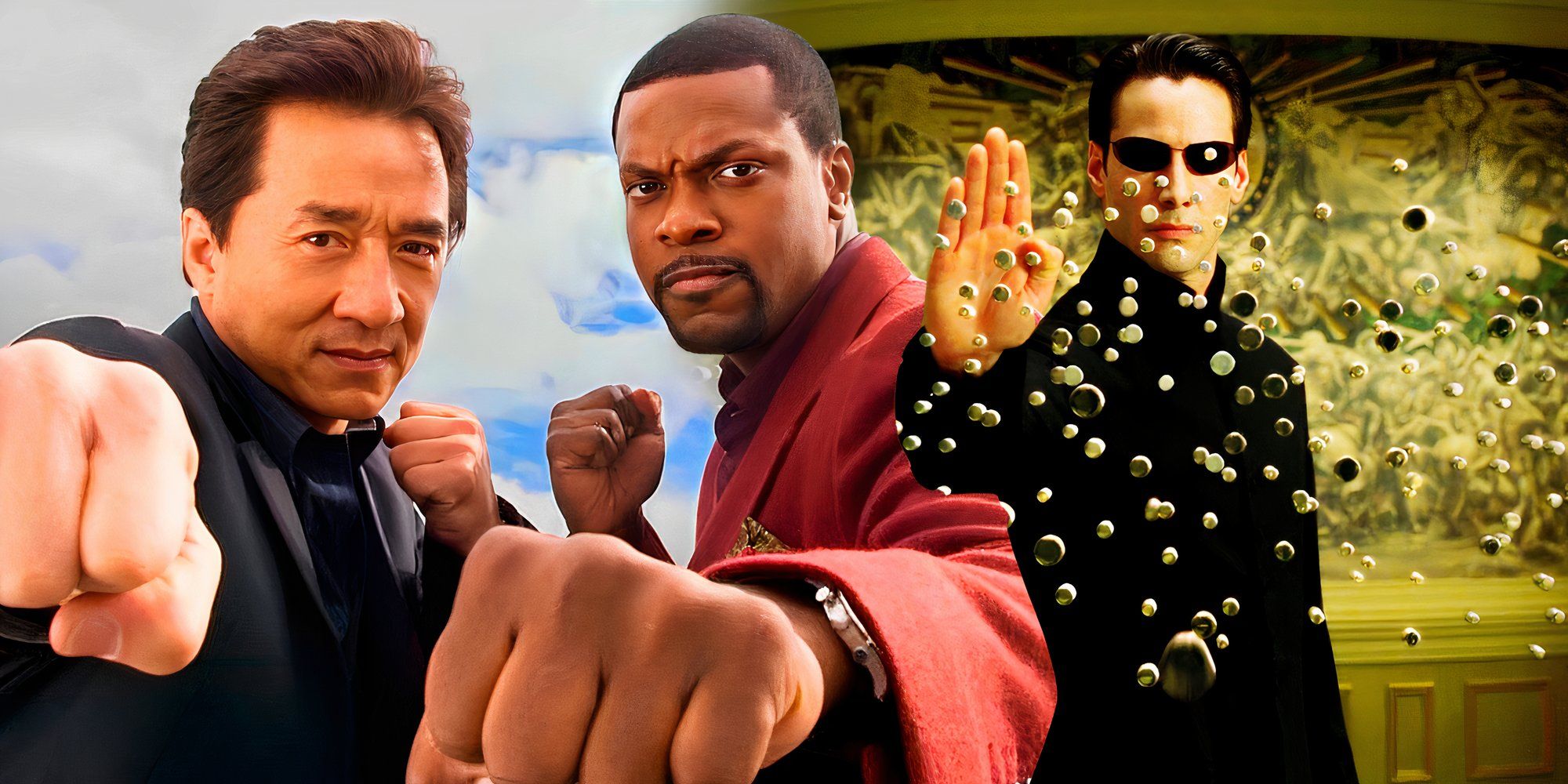
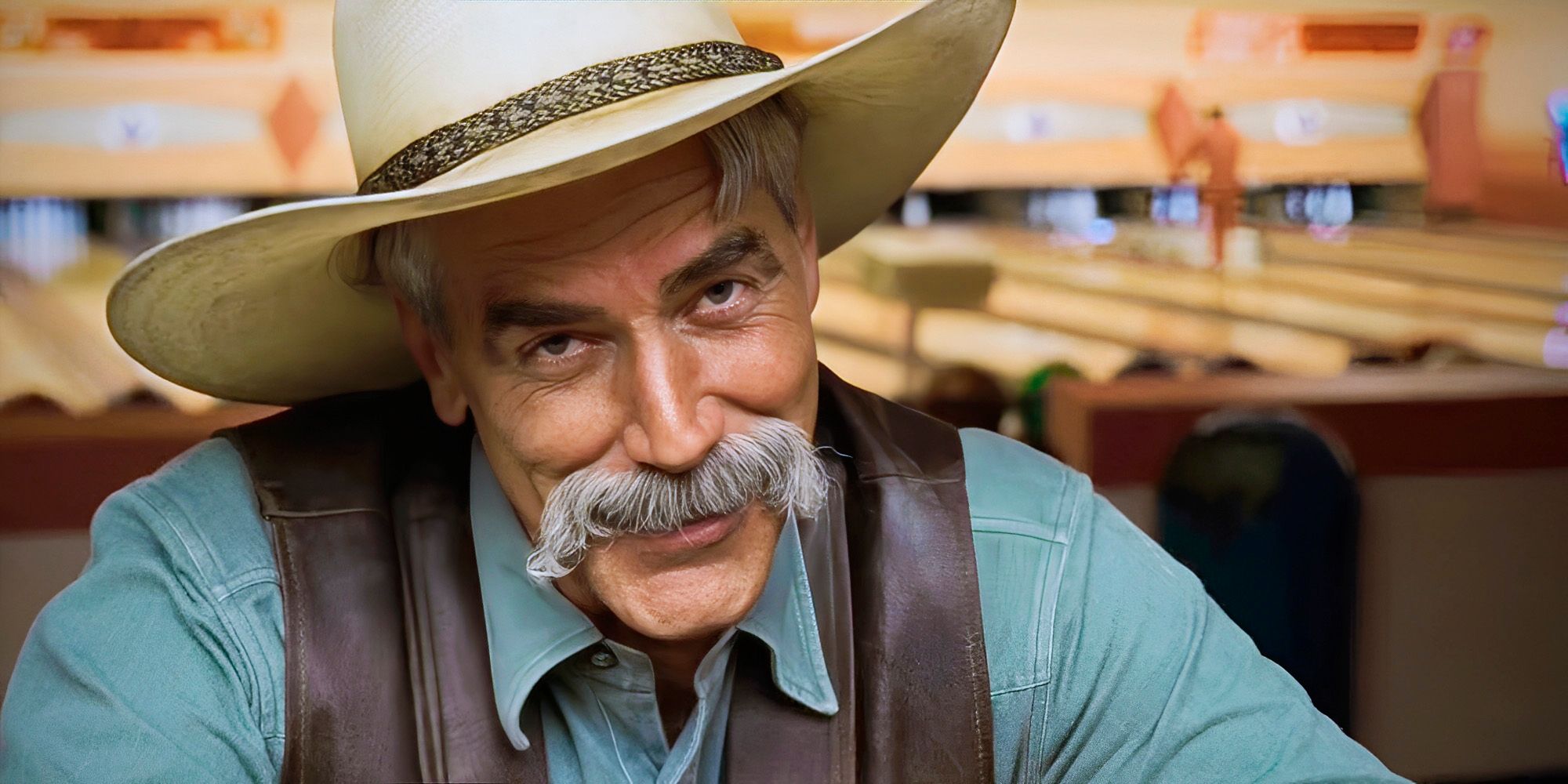
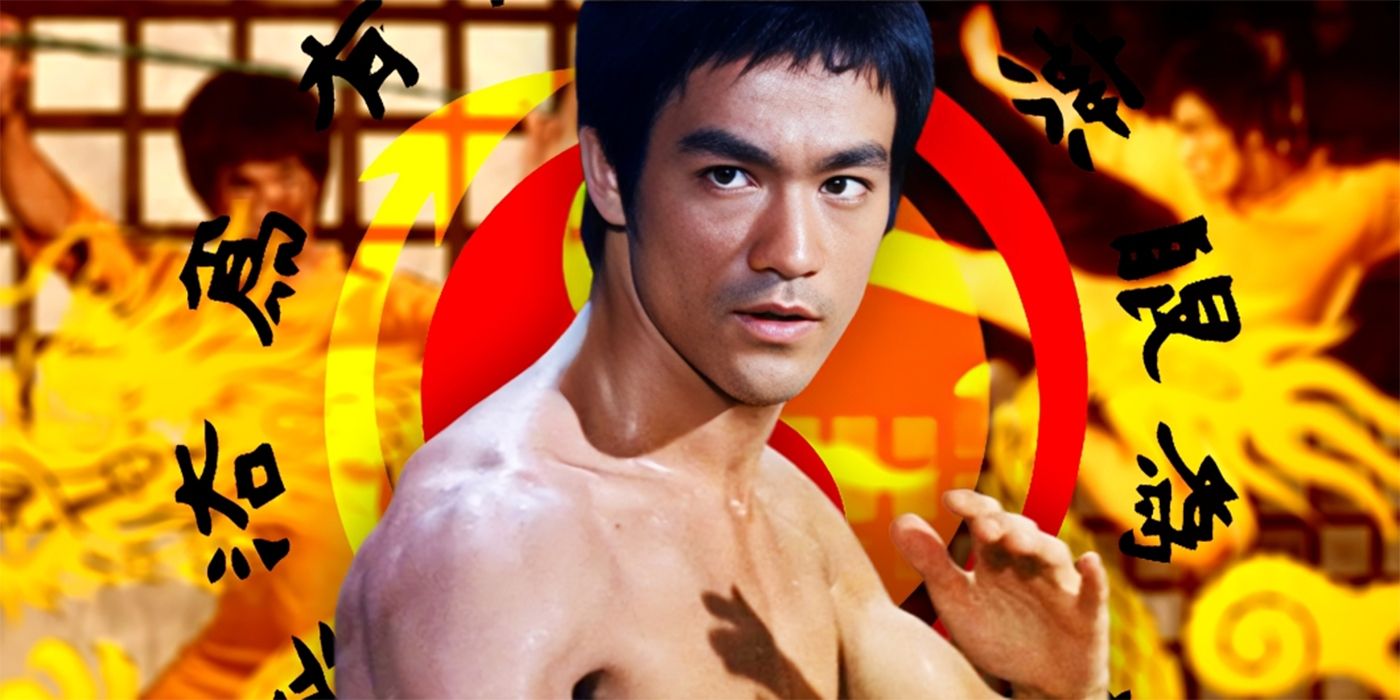
Custom image by Milica Djordjevic
